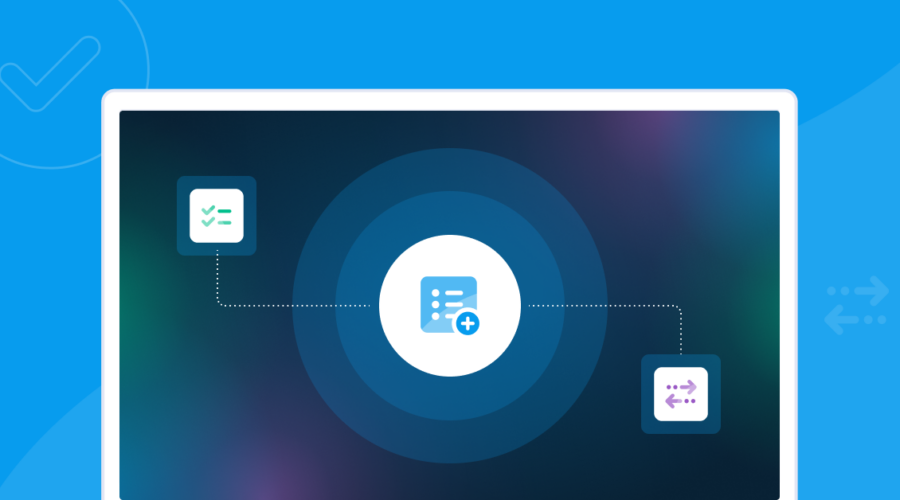When it comes to 911, the stakes simply couldn’t be higher: with lives and livelihoods hanging in the balance, there’s no room for error. Despite this, a recent Metrigy study shows that 36% of organizations in the US are still non-compliant with Kari’s Law and RAY BAUM’s Act, putting themselves—and the end users relying on them—at significant risk.
The cost of failure can include life-impacting scenarios, fines, and even lawsuits—none of which any business desires to include in its reputation and annual operating plan. Testing your emergency services connectivity and provisioned addresses can significantly reduce the likelihood of failures.
Today, over 43% of global organizations use multiple phone systems (Metrigy Workplace Collaboration MetriCast: 2024), and nearly 40% rely on a combination of on-premise and cloud-based calling platforms. These hybrid environments require extra care to ensure that the correct emergency information is provisioned accurately to the precise endpoint on the platform.
Despite the complexity of these systems, compliance and accuracy remain non-negotiable. RAY BAUM’s Act, introduced in 2021, mandates “that dispatchable location is conveyed with 911 calls to dispatch centers, regardless of the technological platform used, including 911 calls from MLTS.”
It can be a lot to take in. Balancing complexities with high stakes and demanding—albeit well-justified—regulations can easily become overwhelming.
The antidote to this growing anxiety? Testing.
Testing E911 connectivity and provisioning isn’t just good practice to prevent failure. It’s a must-have in every emergency preparedness plan.
Forgive the old adage, but it rings as true as ever: Failing to prepare is preparing to fail.
The good news is that 911 testing with Bandwidth is much more straightforward than you might expect.
Getting started with E911 testing
At Bandwidth, live 911 connectivity testing is a standard part of our 911 onboarding process.
Our dedicated implementation team collaborates with new accounts to schedule tests and confirm their routing for emergency traffic. This involves organizing a live call to assess the primary Session Border Controller (SBC) and a second call to test the SBC set for the failover route.
But we get it: dialing 911—whether for an actual emergency or only a test—can be intimidating. Notifying the designated public safety answering point (PSAP) in advance can help mitigate this.
We can identify the assigned PSAP for each provisioned 911 endpoint within the Bandwidth App. This lets you confirm where the call will route and provides contact information for notifying the PSAP before live 911 testing.
Once you place the live call, you’ll want to verify three things:
- The caller’s name
- The callback number
- A complete address associated with the call
NOTE: Our customers may want to avoid live testing endpoints in busy urban areas to avoid disrupting PSAPs with high 911 call volumes.
Using “933” to test 911 endpoints for dispatchable location
You may ask yourself, “Do I need to place a live 911 call to test every endpoint?” No way! Not only does that sound like an incredibly arduous task, but you could also inadvertently block the lines needed for real emergencies.
So how do you put your solution to the test? With 933—a testing feature that confirms the endpoint address information used for call routing and display at the PSAP. Those calls don’t get routed to public safety, so there’s no disruption of normal 911 operations.
The 933 feature can help organizations support compliance with RAY BAUM’s Act, ensuring endpoints have the full dispatchable location provisioned to the endpoint.
Once 911 connectivity is verified, Bandwidth customers can alternatively dial 933 for an automated address verification readout for subsequent endpoint testing.
When you call in with 933, you’ll hear a text-to-speech service play a voice recording with the provisioned location for that endpoint, including callback number, name, address line 1, and address line 2 (if provisioned). If the endpoint is missing necessary information, error messages provide reason details so you can easily make the required provisioning updates.
Learn more about our 933 service
Want to know more about Bandwidth’s 933 testing feature? Check out support documentation for details or reach out for personalized guidance.
When and how often to test 911
Testing frequency varies greatly, with companies reportedly testing anywhere between four times a year to four times a day.
Bandwidth strongly recommends placing test calls from all of your 911 provisioned IP addresses at the time of initial provisioning and immediately after any future changes or modifications.
Beyond that, your company’s size and unique needs should determine how frequently you want to test. A general rule of thumb? Test 911 as often as your organization conducts fire or emergency evacuation drills.
Ready, set, test! Your path to safety starts with a simple call.
Note: The information provided in this article does not, and is not intended to, constitute legal advice; instead, the information is for general informational purposes only.



